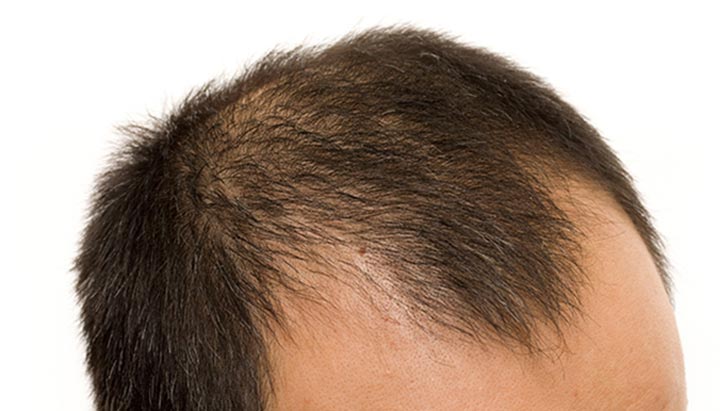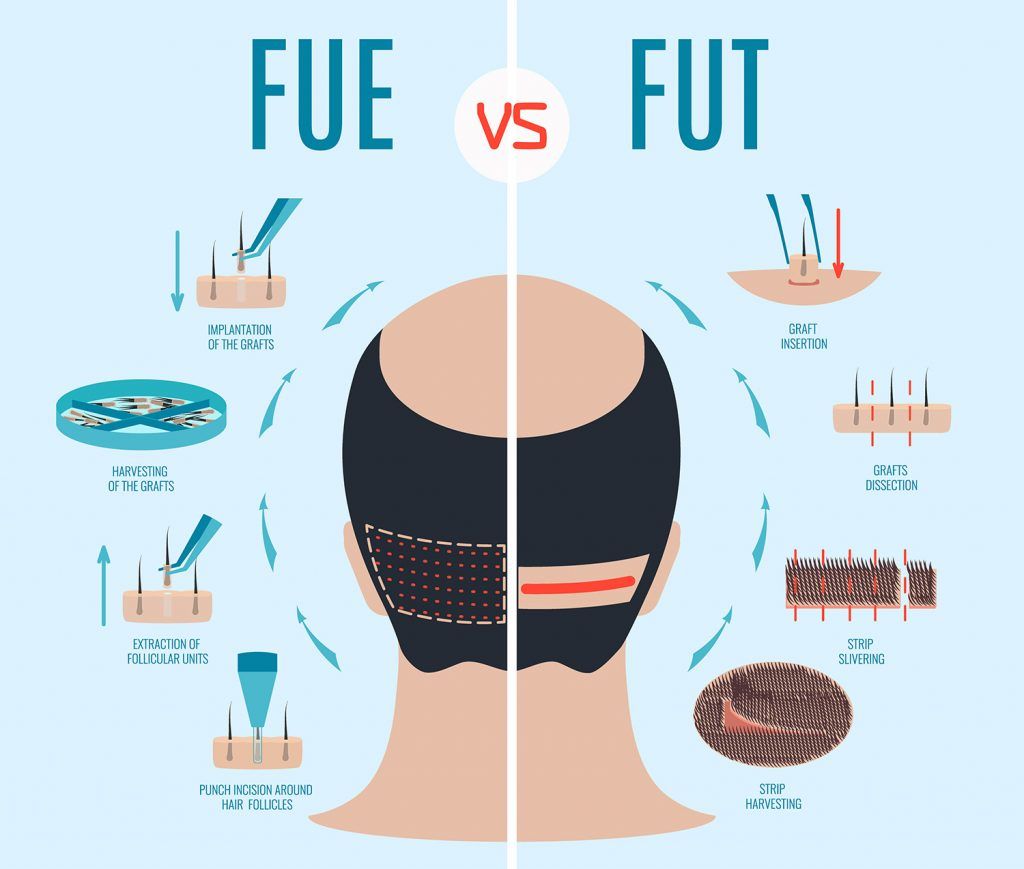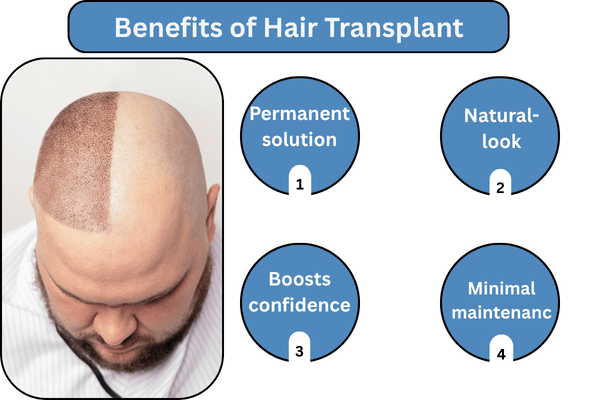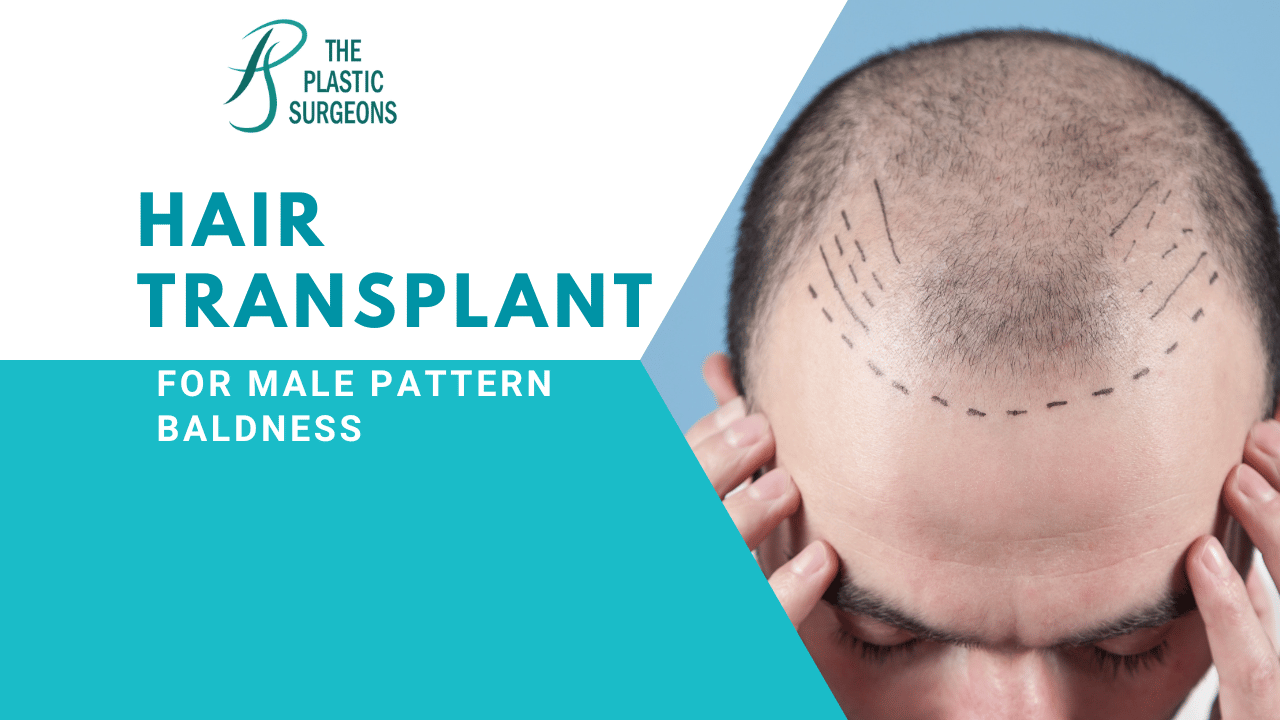Hair loss is a common concern among men, often impacting confidence and self-image. Male pattern baldness is the leading cause of hair loss, affecting millions worldwide. With advancements in medical science, hair transplant procedures have become a reliable solution for restoring natural hair and improving appearance.
In this blog, we will explore the causes of male pattern baldness, various hair transplant techniques, their benefits, what to expect during recovery, and tips for long-term hair care. We will also address common questions to help you make an informed decision.
Understanding Male Pattern Baldness

Male pattern baldness, also known as androgenetic alopecia, is primarily caused by genetic factors and hormonal changes. Dihydrotestosterone (DHT), a derivative of testosterone, can shrink hair follicles over time, leading to thinner hair and eventual hair loss.
It typically starts with a receding hairline or thinning at the crown. While it is a natural process for many men, it can affect self-esteem and confidence. Understanding the root causes of hair loss is essential before considering treatment options.
Signs You Might Consider a Hair Transplant
Some signs indicate that a hair transplant might be suitable:
- Persistent thinning or bald patches
- Family history of male pattern baldness
- Loss of hair affecting confidence or social interactions
- Desire for a permanent solution rather than temporary fixes
Identifying these signs early can help you seek treatment before hair loss progresses further.
Hair Transplant Techniques
There are two primary techniques for hair transplantation:

1. Follicular Unit Transplantation (FUT)
FUT involves removing a strip of scalp from the donor area, usually the back of the head. Individual hair follicles are then extracted and transplanted to the thinning areas. This method allows for a larger number of grafts in a single session.
2. Follicular Unit Extraction (FUE)
FUE involves extracting individual hair follicles directly from the donor area and transplanting them to the balding regions. This technique leaves minimal scarring and has a faster recovery time compared to FUT.
Both methods are effective, and the choice depends on the patient’s hair type, scalp condition, and personal preferences.
Preparing for a Hair Transplant
Proper preparation ensures better outcomes. Steps include:
- Consultation with a qualified plastic surgeon, such as Dr. Vinay Jacob or Dr. Ashish Magdum, to assess hair loss and plan the procedure.
- Avoiding certain medications, smoking, or alcohol as advised by your doctor.
- Understanding the expected results, procedure duration, and recovery process.
A detailed consultation helps set realistic expectations and ensures a safe, smooth procedure.
What to Expect During and After the Procedure
During the procedure, the surgeon extracts and implants hair follicles in carefully planned patterns. The duration depends on the number of grafts required.
Post-procedure, patients may experience minor swelling, redness, or mild discomfort. These usually subside within a few days. The transplanted hair initially sheds but begins to regrow naturally over the following months.
Benefits of Hair Transplant
Hair transplants offer several advantages:

- Permanent solution to male pattern baldness
- Natural-looking hair growth that blends with existing hair
- Boosts confidence and self-esteem
- Minimal maintenance compared to wigs or topical treatments
Choosing a skilled surgeon ensures the best results and minimizes risks.
Long-Term Hair Care
Maintaining healthy hair after a transplant is important. Tips include:
- Follow post-operative instructions provided by your surgeon
- Use gentle shampoos and avoid harsh chemicals
- Maintain a balanced diet rich in proteins, vitamins, and minerals
- Manage stress, as it can contribute to hair loss
Regular follow-ups with your doctor help monitor progress and address any concerns promptly.
Choosing the Right Surgeon
Selecting an experienced surgeon is critical for a successful hair transplant. Dr. Vinay Jacob and Dr. Ashish Magdum have years of international experience in surgical, non-surgical, and reconstructive procedures. Their patient-centric approach ensures safety, care, and natural results for every patient. With access to state-of-the-art facilities, you are in expert hands throughout your hair restoration journey.
FAQs
1. Is a hair transplant painful?
The procedure is performed under local anesthesia, so patients typically feel minimal discomfort. Mild soreness may occur after the procedure.
2. How long does it take to see results?
Transplanted hair usually sheds in the first few weeks, with new growth appearing within 3 to 6 months. Full results are visible around 12 months.
3. Are hair transplants permanent?
Yes, the transplanted hair is resistant to DHT and typically lasts a lifetime. However, natural hair loss may continue in other areas.
4. Who is a suitable candidate?
Men with stable hair loss and adequate donor hair are ideal candidates. A consultation with a qualified surgeon will determine suitability.
5. Are there risks involved?
Hair transplants are generally safe when performed by experienced surgeons. Risks include minor scarring, temporary swelling, or infection, which are usually manageable.
Hair transplant is a reliable and effective solution for male pattern baldness, providing natural results and renewed confidence. Consulting a board-certified surgeon like Dr. Vinay Jacob or Dr. Ashish Magdum ensures personalized care, expert guidance, and safe treatment. With proper planning, preparation, and post-operative care, you can restore your hair and enjoy a lasting transformation.

